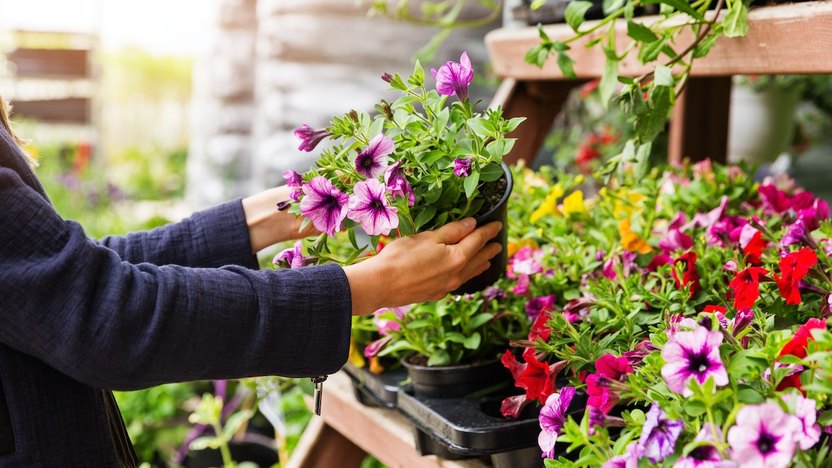How to Choose the Right Plants for Your Garden: Climate, Soil & Style Considerations
How to Choose the Right Plants for Your Garden: Climate, Soil & Style Considerations
Category: Home Gardening & Maintenance
Designing a vibrant and resilient garden starts with one crucial step—choosing the right plants. Whether you're working with a small urban courtyard or a sprawling nursery landscape, selecting species that align with your local conditions and personal aesthetic is essential. This blog will guide you through a thoughtful selection process that balances climate compatibility, soil health, garden style, and long-term maintenance.
Understanding Your Local Climate
The first factor to consider is your regional climate. Temperature ranges, seasonal rainfall, humidity, and sunlight exposure shape plant growth in profound ways.
- Know Your Hardiness Zone: Look up your location on a plant hardiness zone map. This helps identify species suited to survive temperature extremes.
- Microclimates Matter: Even within a single garden, certain areas may be warmer, cooler, wetter, or windier than others. Take note of these zones when placing plants.
- Seasonal Shifts: Some plants thrive in short summers, while others prefer milder winters. Choose varieties that match your seasonal rhythm to reduce stress and increase longevity.
Soil Analysis and Compatibility
Healthy soil is the foundation of a thriving garden. It determines water retention, nutrient availability, and root development.
- Test Your Soil: Use a basic soil kit to check pH levels and composition (clay, sand, loam). Adjust with organic matter or amendments as needed.
- Drainage Check: Most plants dislike waterlogged roots. Observe drainage patterns after rainfall or irrigation.
- Matching Plant Needs: Acid-loving plants like azaleas or blueberries require lower pH, while vegetables like lettuce or spinach prefer a neutral range. Pick accordingly.
Choose by Garden Purpose and Style
Beyond the science, gardening is deeply personal. Decide what mood, function, or aesthetic you want your garden to reflect.
- Functional Gardens: Want to grow herbs, fruits, or medicinal plants? Select species that serve your culinary or wellness goals.
- Sensory Experience: Add fragrant blooms like jasmine or textured foliage like lamb’s ear for a multi-sensory experience.
- Visual Design: Opt for height layering—tall shrubs in the back, medium-sized plants in the middle, and ground covers up front. Consider color harmony and seasonal interest.
Maintenance and Growth Habits
A beautiful garden should also be manageable. Select plants that suit your maintenance comfort level and time availability.
- Low-Maintenance Choices: Native plants often require less water and are more resistant to local pests and diseases.
- Growth Rate & Spread: Some species can become invasive or overcrowded over time. Review labels for mature size and space accordingly.
- Perennials vs Annuals: Perennials offer longevity and structure; annuals bring bold, seasonal color. A mix often yields dynamic results.
Bonus Tips for a Smart Plant Selection Strategy
- Group by Water Needs: Organize your garden into zones—high, medium, and low water use—for efficient irrigation.
- Use Companion Planting Principles: Certain plants support each other by repelling pests or enhancing soil nutrients. For instance, basil and tomatoes make great companions.
- Think Ahead: Consider how the garden will look and function over months and years. Will that tiny shrub block a path once matured? Strategic planning avoids rework.
Conclusion
Choosing the right plants for your garden isn’t just a one-time decision—it’s the beginning of a long, rewarding relationship with nature. By understanding your local climate, examining your soil, defining your garden’s purpose, and accounting for maintenance levels, you’re setting the stage for long-term success. Whether you're revamping a nursery section or nurturing a personal space, thoughtful plant selection turns a patch of land into a thriving sanctuary

comment 0
Be a first one to comment!